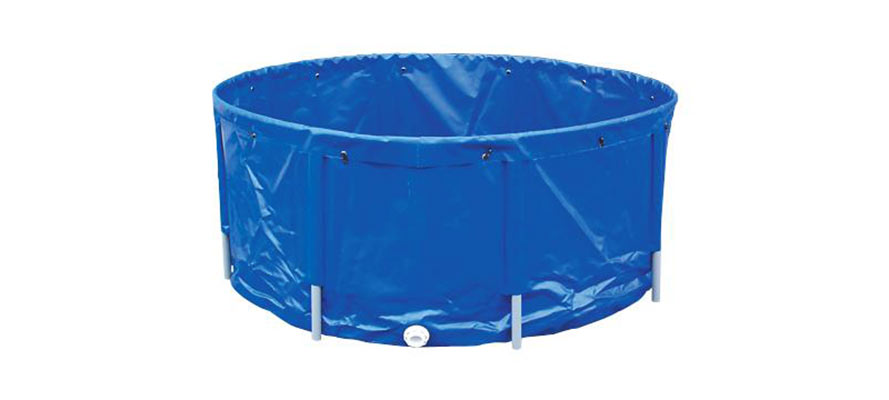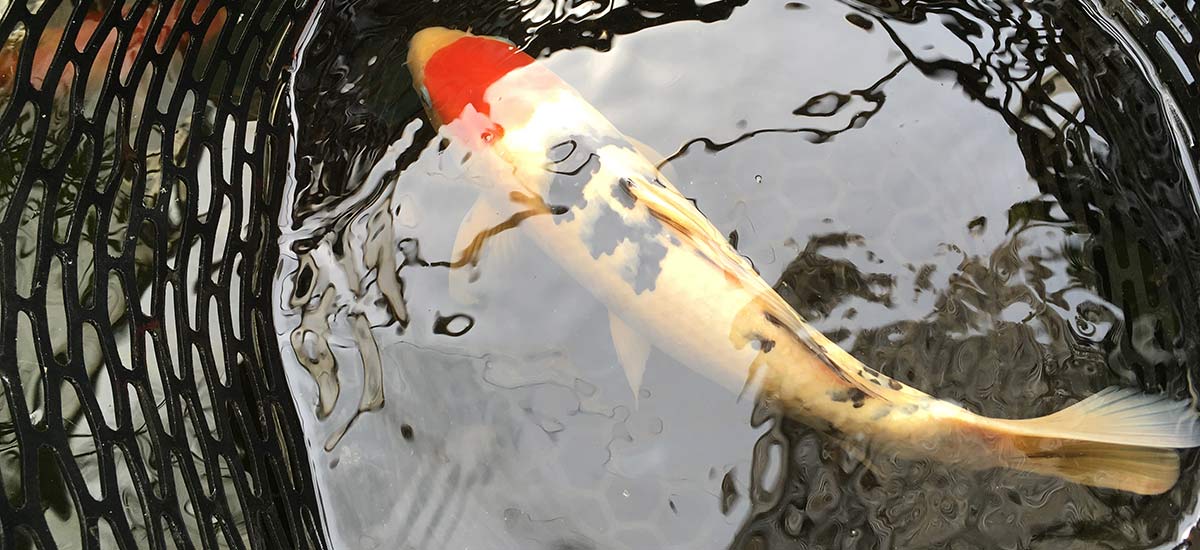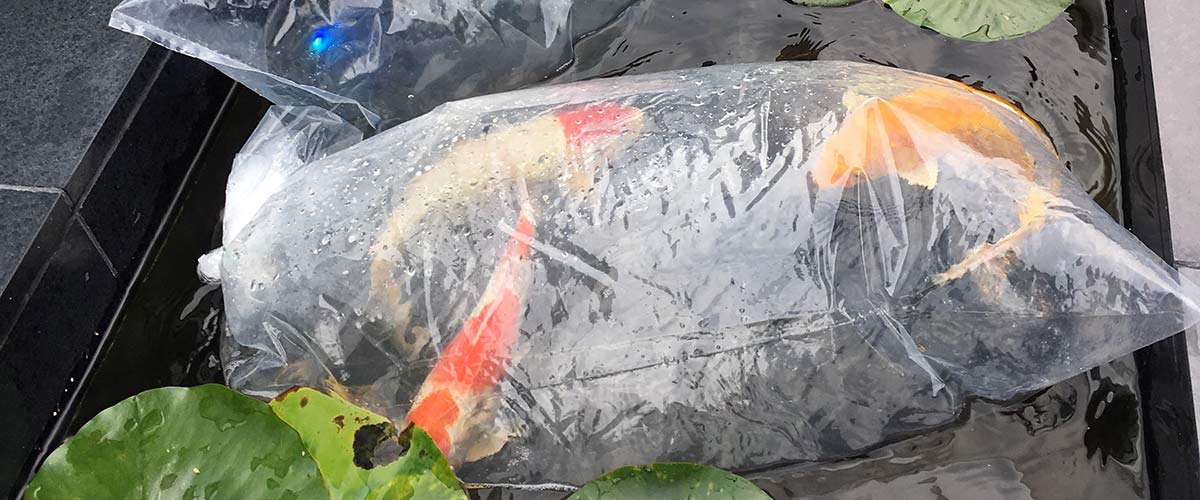In northern locations with cold and sometimes extreme winters, some people opt to bring their koi indoors for the winter. Although koi and goldfish can survive harsh winter conditions, if you have relatively few koi, or if you have a large tank to house your fish inside for the winter, you might want to consider bringing your fish inside. Here are a few pointers and tips to help make the transition from the pond to an indoor tank less stressful.

If you have weighed the benefits and drawbacks of moving your fish indoors for the winter, and want to go ahead with it, here a few pointers to follow to help make the transition a success.


Returning your fish to the pond is usually a much easier process. There are just a few things to consider when moving them back outside.
Steps To Follow: